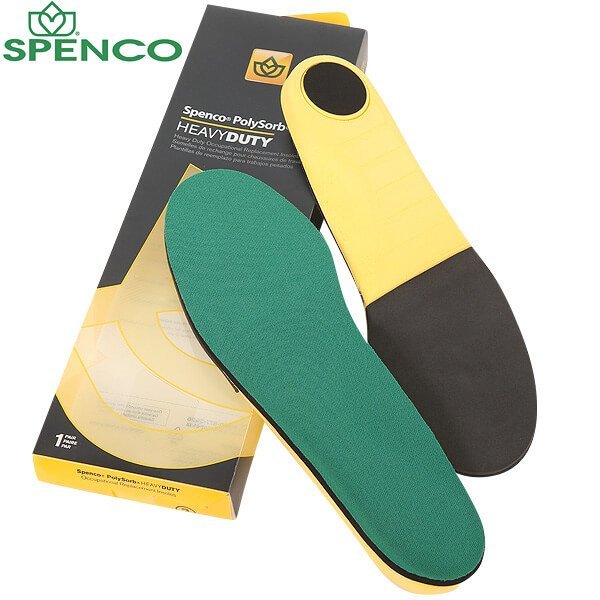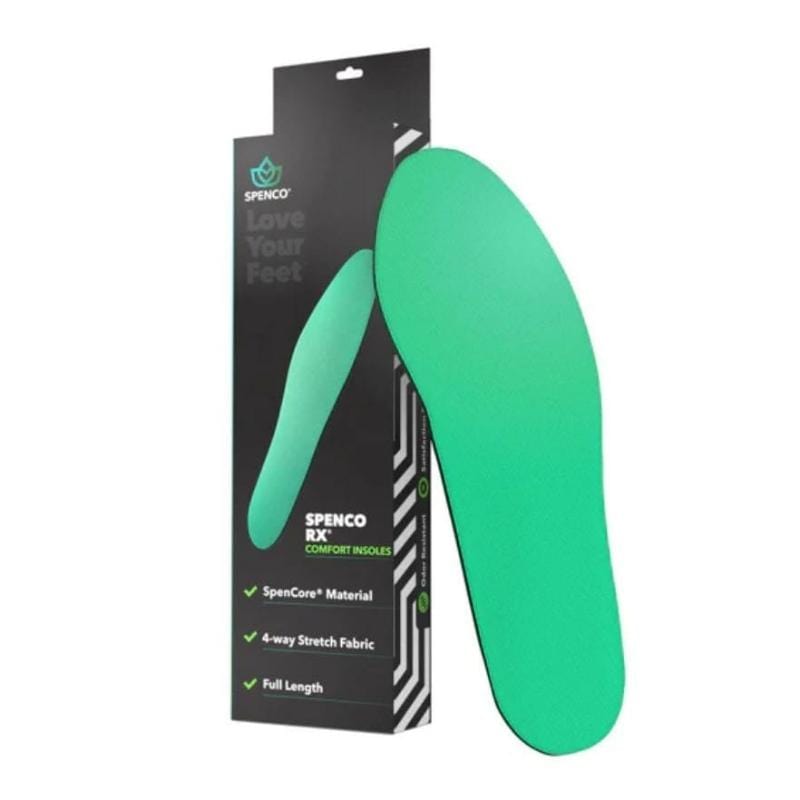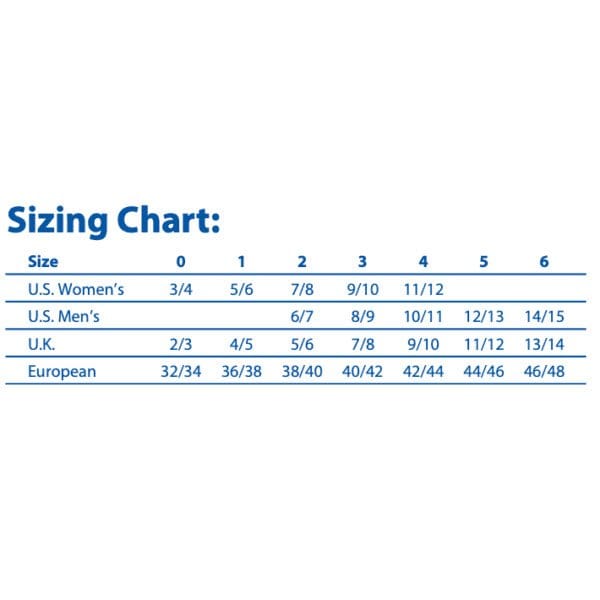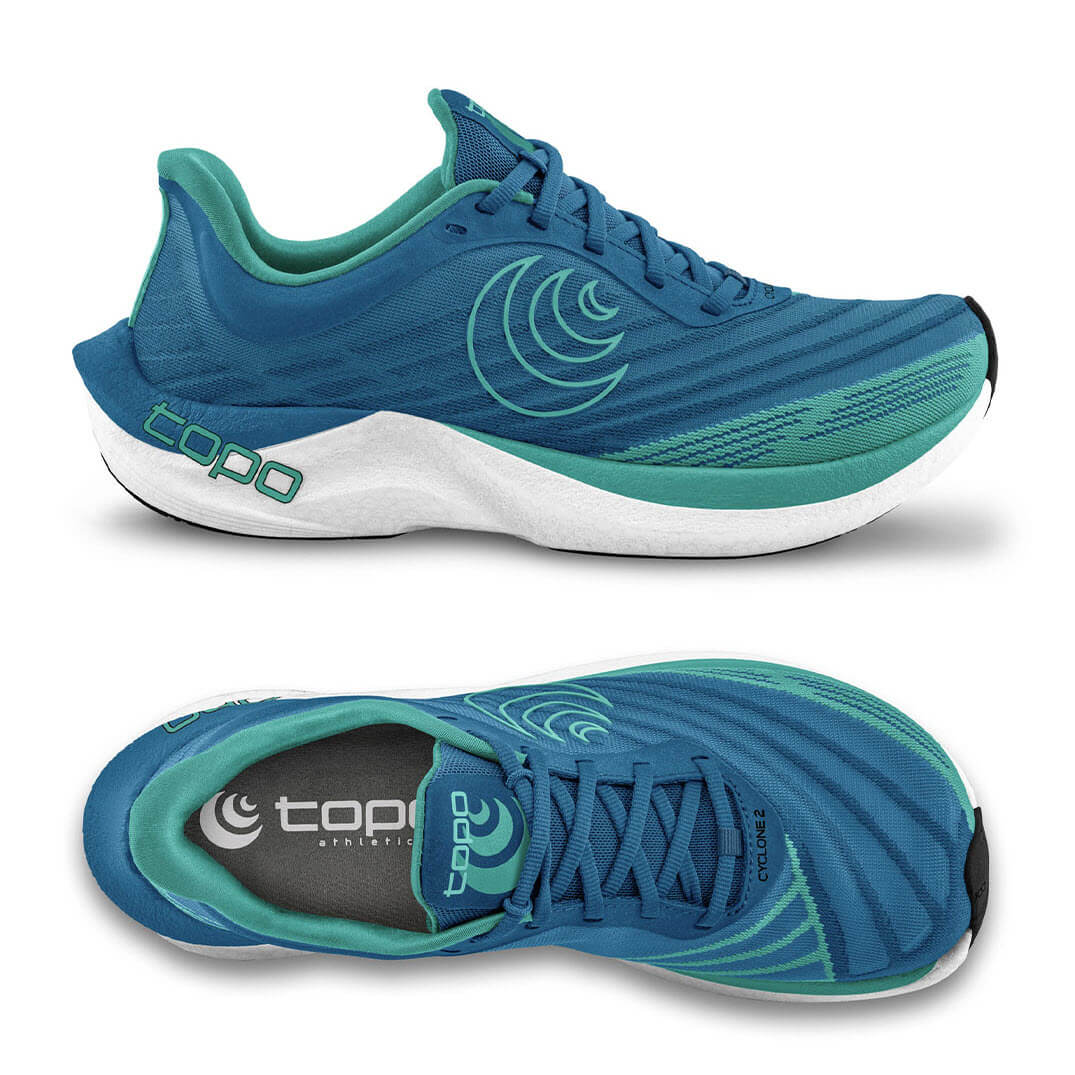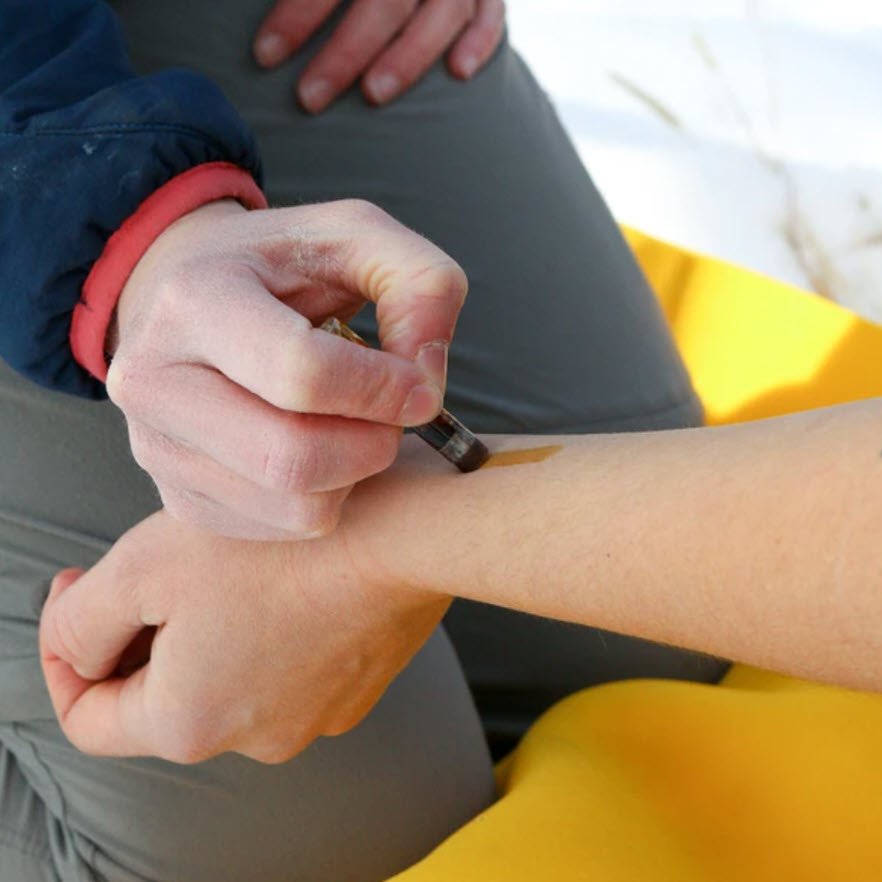There is a lot of pressure on your feet - standing, walking, running, jumping. This pressure comes from weightbearing, of course. But it also comes from shoe contact and the close apposition of your toes. When you're trying to relieve a blister anywhere on your foot, your first instinct is to reduce pressure with some sort of padding material. Cushioning your feet makes intuitive sense. This article will focus on the cushioning materials use in blister management.
There are other ways to reduce pressure from blisters, like donut pads.
Cushioning reduces peak pressure
A thicker pair of socks; new cushioned insoles (instead of the compressed flimsy ones you've been wearing for 12 months); a gel toe protector. Let's see how cushioning your feet works.
Cushioning reduces peak pressure by spreading the load over a larger area. Take a look at the image below. It shows three cushioning conditions.

How cushioning reduces peak pressure (Carlson, 2006)
A) No cushioning
The bony prominence makes a small dent in the hard shoe liner. You can see the small surface area in contact with the liner and the red graph is a representation of the pressure on this small area of bone (and of course the skin).
B) Some cushioning
Now the foot is standing on a softer insole. The bony prominence compresses the insole material. You can see the load has been spread over a larger area. The red graph shows lower peak pressure as a result of the larger contact area.
C) Gel cushioning
Now the foot is standing on a gel insole. The bony prominence presses into the gel insole the same amount as the previous example. But because the gel material doesn't simply compress, it is displaced outwards, the gel "cups" the bone. The result is a larger contact area and peak pressure is reduced further.
Research on cushioning and preventing blisters
Spenco and Poron are cushioning materials used commonly by podiatrists, as flat insoles and orthotic covers. The former is a closed-cell neoprene polymer rubber, the latter a cellular polyurethane. Research has shown two things about these materials:
- A Spenco insole reduced the incidence of blisters compared to
- Wearing no insole but two socks
- Spenco and Poron had the following influence on callous and blister incidence
- No insole - 33%
- Poron - 17%
- Spenco - 5%
Knapik et al, 1995 reporting on Spence and Shields (1968)
Knapik et al, 1995 reporting on Smith et al (1985)
The downside to too much cushioning under your foot
Cushioning degrades control and energy efficiency. Ideally, cushioning should be used sparingly.
Carlson, 2006
For cushioning to be effective, its properties have to be a good match to the job at hand.
- If it’s too soft, the cushioning material will simply flatten and will not reduce pressure at all.
- Cushioning should not be used to excess as it dulls the mechanical efficiencies of gait.
- You can only get so much cushioning bulk in a shoe before your toes are squashed, your foot is lifted too high or your heel slips up and down at the back of your shoe
And then there's something called "shear modulus"
There's another way that cushioning materials can help with blister prevention. That is, their ability to absorb shear. This material property is called "shear modulus". The lower the shear modulus, the more shear it absorbs.
The shear modulus is a numerical constant that describes the elastic properties of a solid under the application of a transverse internal force. The shear modulus is a measure of the ability of a material to resist transverse deformations and is a valid index of elastic behaviour only for small deformations, after which the material is able to return to its original configuration.
The more shear your insole or sock or toe sleeve can absorb, the less your skin will have to deal with. This can be a very good thing. So it will pay to know how to make the most of this material property, and understand which materials do it better than others.
Research on shear absorption
Research by Curryer and Lemaire (2000) showed:
- Gel materials absorb more shear compared to Spenco and Poron
- Spenco does it a little better than Poron
The downside to a low shear modulus
This all sounds wonderful, but there's a hitch. Isn't there always?
Consider this: you're running with a gel insole. As you push off, some of your propulsive force will be absorbed by the insole. That's energy lost to the gel insole. Similar will occur at initial foot contact. There will be less braking of your forward momentum and while your shoe is stuck to the ground, your foot will slide forward in your shoe. While you might not get a blister under the ball of your foot or under your heel, you're much more likely to end up with a black toenail or toenail blister.
So there's increased risk of injury, a reduction in performance, compromised balance and other muscles will have to work harder as a consequence. Consider how this would play out if you played tennis or netball, games that require sudden changes of direction and sudden accelerations / decelerations. Or you're hiking on steep uneven terrain!
While I don't recommend gels be used as insoles:
- I do recommend gel toe protectors, because the toes are much less involved in the mechanical efficiencies of gait.
- I do recommend some degree of cushioning for insoles for blister prevention, more along the lines or Spenco or Poron materials for their cushioning and milder shear absorption properties.
You can grab the sleeves and caps from us here.
Here’s why I like gel toe protectors to prevent toe blisters. And how to size them and cut them so they don’t bunch up or slip off.
Don't fall into the trap of thinking blisters are all about pressure ... they're not!
If you want to succeed at blister prevention, you cannot afford to fall into this trap. This happens all too often - not just among the general public but health professionals too. We tend to think it's all about pressure. It's not! It's just as much about friction, as you saw in the video at the top of this article. What's more, because pressure is always going to be high on our feet, it's often easier to lower friction than pressure. Blaming shear-related injuries on pressure is a common theme, which is, at least in part, responsible for the lack of advancement in mainstream blister management practices.
With only a few recent exceptions, researchers typically mention that shear forces are an important factor in skin breakdown but then proceed to measure and relate to peak pressure values and factors.
Carlson 2006
References
- Carlson JM. 2006. Functional limitations from pain caused by repetitive loading on the skin: A review and discussion for practitioners, with new data for limiting friction loads. American Academy of Orthotists & Prosthetists. 18(4): 93-103.
- Carlson JM. 2011. The mechanics of soft tissue damage: removing the “teeth” from the “rub”. The Academy Today. 7.1 (Feb 2011): A5-7.
- Curryer M and Lemaire E. 2000. Effectiveness of various materials in reducing plantar shear forces: a pilot study. Journal of the American Podiatry Association. 90(7): 346-353.
- Knapik JJ, Reynolds K, Duplantis KL and Jones BH. 1995. Friction blisters – pathophysiology, prevention and treatment. Sports Medicine. Vol. 20(3): 136-147.
- Smith W, Walter J and Bailey M. 1985. Effects of insoles in coast guard basic training footwear. Journal of the American Podiatric Medical Association. 75: 644-647.
- Spence WR and Shields MN. 1968. Prevention of blisters, callosities and ulcers by absorption of shear forces. Journal of the American Podiatric Medical Association. 58: 428-34
